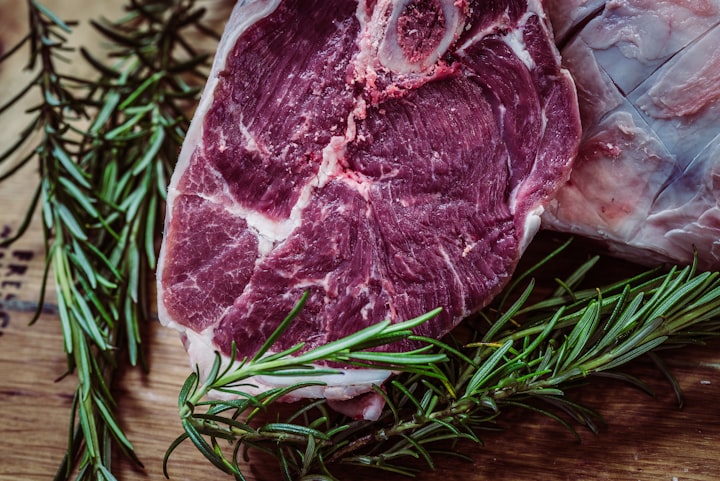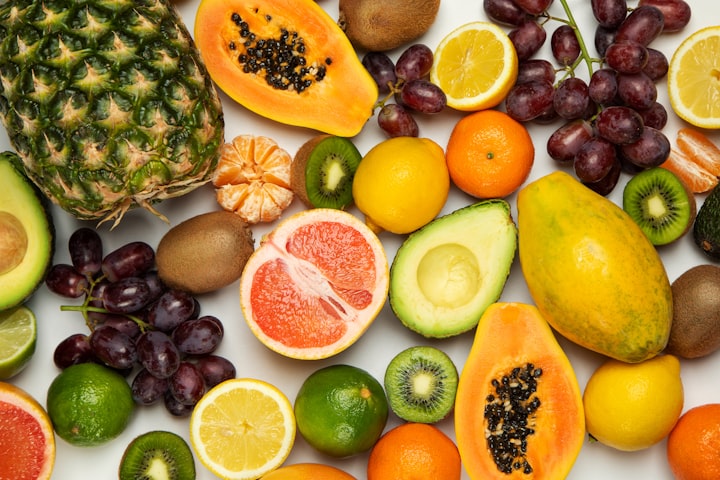Future Meat. Is Lab-grown Meat The Answer?
Cultured meat from animal stem cells may hit the market in as little as a year
The meat on our table is taking a new dimension soon, and we better be prepared. A dimension that is different from all that we know or are familiar with before. It is the laboratory cultured meat from animal stem cells (called in-vitro meat in science). How does this come about, you may ask?
In 1991, an American Author, Frances Moore Loppe, an advocate of world food and hunger expert, insisted that the present animal farming is definitely not sustainable. The diet needs to change. She was very popular and became an advocate of non-meat diets, as well as a giant of the environmental movement.
The Research Was Initiated
Naturally, most researchers, backed by profit-seeking entrepreneurs and investors see this as a way to make gains out of people's meat-eating habits. In 2008 in particular, an 86 year old entrepreneur, Willem van Eelen, initiated the research and was later funded by the Dutch government and Google co-founder, Sergey Brin.
Willem van Eelen was from time been interested in laboratory-cultured meat. He was interested, according to him in cultured meat to feed the world's hungry population because he knew hunger as a POW (Prisoner of War in Japanese Camp). He said he was close to death from starvation.
He believed it will be possible and mass-produced to feed the hungry people across the globe. His belief led him to file for the international patent in 1940 but unfortunately died in February 2015 before the fruition of his dream.
Mark Post, a Professor of Angiogenesis and Tissue engineering from the Eindhoven University of Technology in the Netherland spear-headed the research.
The stem cells are taken from cow muscle and cultured in bovine serum with, added nutrition. These are white in colour. To make them look really like meat, natural red myoglobin is added or beet syrup is added. They are then compacted in a dish and frozen. They are thawed when ready to cook.
First World Lab-grown Burger Debuts In London, United Kingdom
In 2013, a BBC correspondent took a strip of a burger cultured from the muscle of a cow to London from the Netherland. He got a chef, Richard McGeown to cook it, and two food critics gave their verdicts. Food writer, Mr Schonwald said,
‘’The mouthfeel is like meat, I miss the fat, there is a leanness to it, but the general bite feels like a hamburger. What is consistently different was the flavour.’’
The other critics said, it tasted like meat, but not juicy. So would you eat lab-cultured meat, or not? Let us hear the pros and the cons of this development.
What The Critics Say
The main critic is an Oxford University Head of Food Policy Research Network, Professor, Tara Garnett who said, people, ought to look more behind food production.
‘’We have a situation in the world where 1.4 billion are overweight and obese, while at the same time 1 billion go to bed hungry. This is weird and unacceptable. The solution is not to produce more food but to change the supply, access and affordability, so not just more food, but better foods get to those who need it.’’
Helen Breewood who worked with Professor Post in the lab preferred to colour the white strips of the cultured meat red. She wanted it to look and taste exactly like meat. She then coloured with myoglobin. She reckons if it doesn’t look and taste like meat, then it will not be a viable replacement.
She said most people are repulsed by the idea of lab meat, but even worse if they know what goes on in slaughterhouses.
The majority, however, said people should just eat less meat, or go vegetarian instead of the ‘’rubbish meat technology’’
Those In Support
PETA (People For Ethical Treatment Of Animal), welcomed the idea. They said,
‘’It (Lab-cultured meat) will end the lorries full of cows, chicken, abattoir and factory farming. It will reduce carbon emission, conserve water and be a food supply saver.’’
Other Issues With Lab-cultured Meat
Animal Cruelty
PETA thinks lab-cultured meat could save animal cruelty. In reality, the global animal slaughter statistic indicated that more than 70 billion animals die to supply the food chain, most are handled in a cruel manner. Whereas it is just one stem cell that is needed to produce about 80, 000 lbs of cultured meat. The stem cell is extracted via a minor procedure, which poses no harm to the animal.
Ethical Concern
Although the process of extracting a stem cell in itself is without pain, the stem cells are cultured in foetal bovine serum, (calf foetus blood). This is obtained by removing a foetus from a pregnant cow. The foetus is then bled to death, to extract the blood to make the serum.
The ethics of killing a pregnant cow and the foetus used in this way raises some concern. Perhaps as technology improves, this cruelty will be replaced by a better sustainable process.
Healthier?
This will depend on how well it is cultured. The plan is to add nutrients to the cultured meat and control the amount of saturated fat in it. This will reduce the risk of illnesses (mainly cardiovascular) associated with eating saturated fats in meat.
This means no heme iron (that causes cancer), no growth hormone, no antibiotics and saturated fat in lab-cultured meat. There is also no risk of Salmonella or E-coli.
Environmental Impact Of Animal Husbandry Compared
An independent study found that lab-grown beef uses 45% less energy than the average global representative figure for farming cattle. It also produces 96% fewer greenhouse gas emissions and requires 99% less land.
According to The Science Journal, humans get up to 18% of calories from dairy and meat, but their impact on the environment is much larger. That dairy and animal husbandry uses 83% of farmland, giving out 60% in greenhouse emissions.
Moreover, industrial agriculture uses enormous water as well contributes to pollution. Clearing land for agriculture poses threat to biodiversity because it can lead to the extinction of some animal species.
When the lab-cultured meat is fully developed, it could be less costly on the earth's resources than animal farming (in terms of methane gas emitted by animals, ammonia, and other waste products).
Depending on the factory and the means used, that is if it is Solar Powered Factory or not, cultured meat could save up to 48% in energy usage as compared to animal husbandry.
About the Creator
Lanu Pitan
An avid reader first and foremost. A lover of Nature, as Nature is the language of God. Love is all that the law demands.







Comments
There are no comments for this story
Be the first to respond and start the conversation.